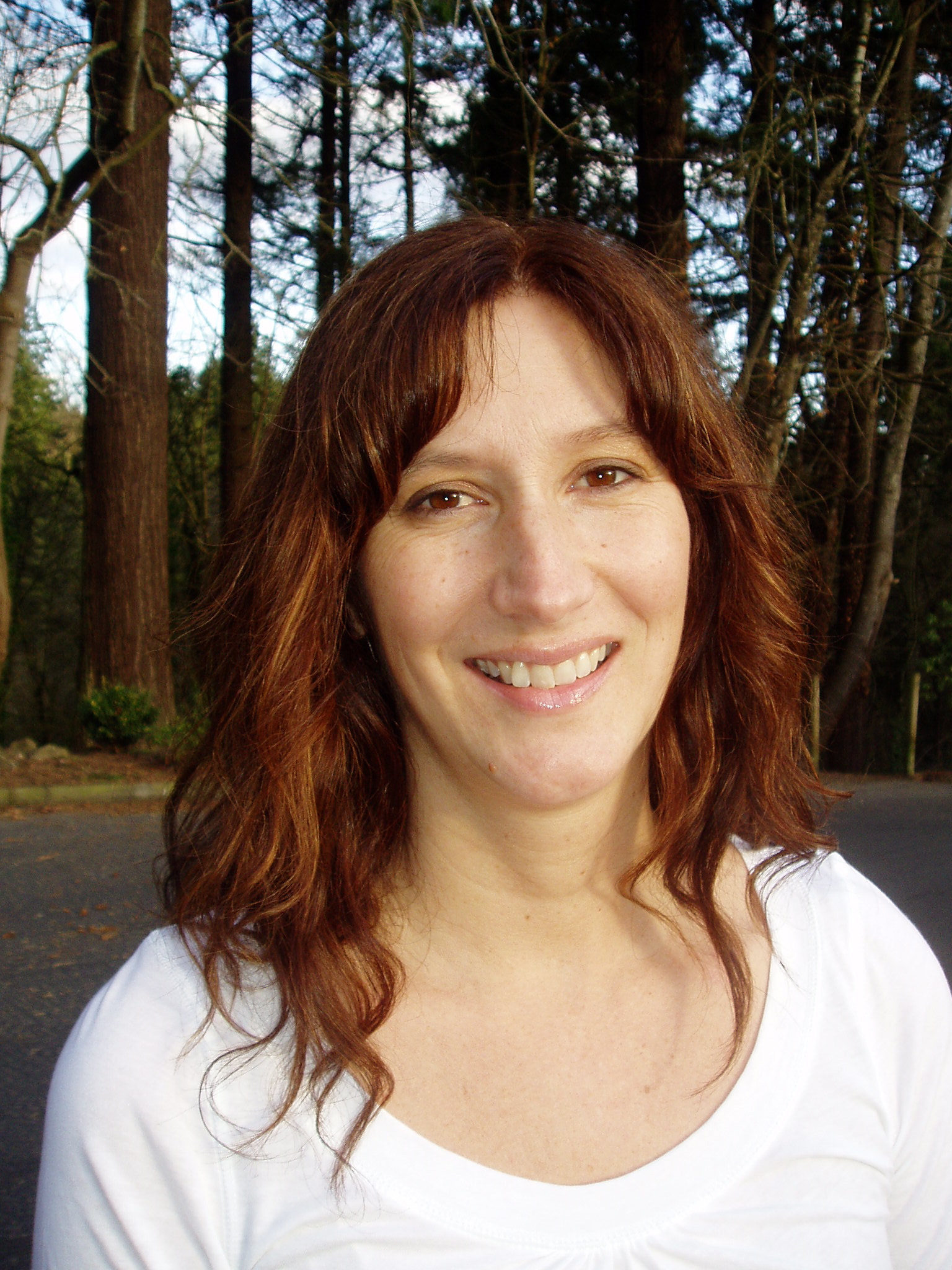Together, these three books, and the thinkers behind them, changed the way I look at art forever. I know that when I say “art” most people think of gallery shows or novels. These three writers will challenge you with the vast human history of art-making and suggest that the (dare I say boring! disconnected!) art found in most galleries is less valuable to humanity than my garden, the stencil graffiti found on neighborhood signs, and your grandmother’s breath-taking Christmas dinner. I think they are right. These writers send you back to some of our original inspirations for making beauty and remind you why art is one of the most meaningful and enduring aspects of humanity.
1. Lewis Hyde, “The Gift” Hyde is one of the brilliant and truly original thinkers of our time. This book, about the “gift economies” of traditional societies and the role of creativity in exchange, is a classic. Another book I love of his, “Trickster Makes This World,” is about the mythic role of the trickster — boundary crosser, rogue, sly-tongued manipulator of the “bottom line” — and the role he plays in artistic and cultural creation. Also wonderful!
2. Suzi Gablik, “The Renchantment of Art:” I had Ms. Gablik as an instructor in a week-long summer course at CU Boulder many years ago. Though I was young (and completely intimidated by her!) I took her ideas very much to heart, and they have definitely driven the kind of art that I have made and been interested in since then. Here, she argues for why the disconnected, alienated and individualistic focus of modern art is, to oversimplify drastically, bad for us as a culture. She argues for what I now think of as a more feminine kind of art, connected, gestural, concerned with nature and the inequities of our time. Though you might not agree with everything she says, I challenge you to read it and not rethink your assumptions about what good art is and what it should do.
3. Ellen Dissanayake, “Homo Aestheticus: Where Art Comes From and Why.” Dissanayake, too, is an independent and original thinker. A scientist, who has studied the role of art in human adaptation and species development, Dissanayake asks us to take a much, much broader look at what art is for.

